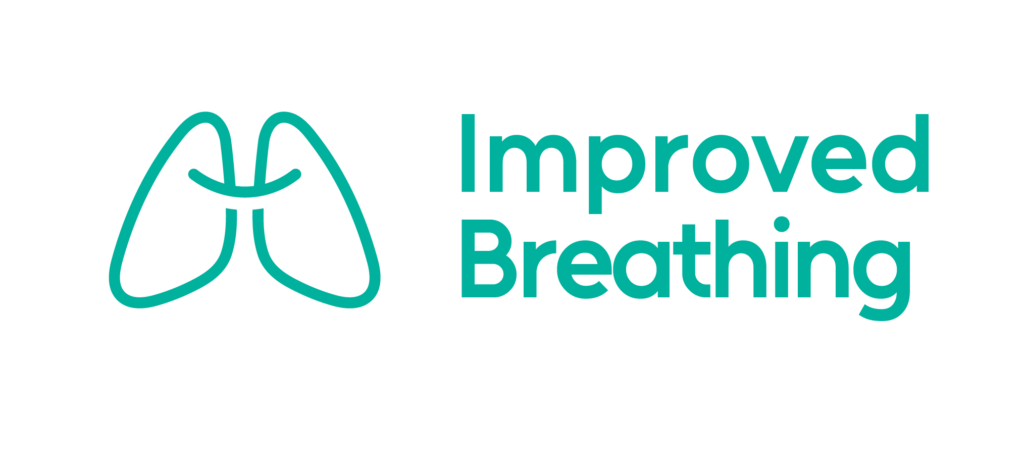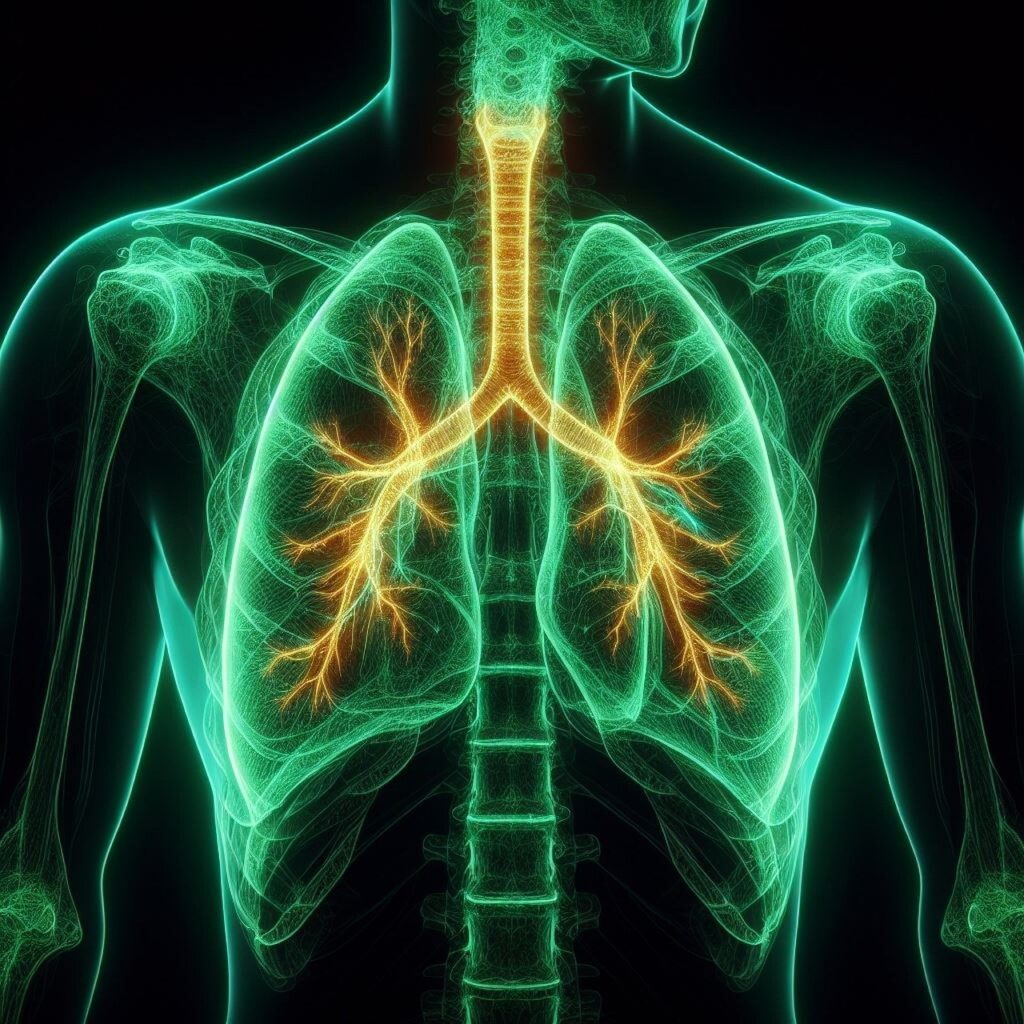For individuals living with chronic lung conditions like COPD (Chronic Obstructive Pulmonary Disease) or emphysema, understanding the role of phlegm and mucus in respiratory health is crucial. While these terms are often used interchangeably, there are important distinctions to be aware of. In this blog post, we’ll explore the differences between phlegm and mucus, their roles in lung conditions, and what they mean for your respiratory health.
What is Mucus?
Mucus is a slippery, gel-like substance that’s continuously produced by the mucous membranes lining your respiratory tract, including your nose, throat, and lungs. It serves several vital functions:
- Protection: Mucus acts as a protective barrier, trapping inhaled particles, allergens, and pathogens before they can reach deeper into the lungs.
- Hydration: It helps keep the airways moist, which is essential for proper lung function.
- Lubrication: Mucus allows for smooth airflow through the respiratory system.
In healthy individuals, mucus production is typically clear and minimal, often going unnoticed as it’s swallowed or expelled naturally.
What is Phlegm?
Phlegm, on the other hand, is a type of mucus specifically produced by the lungs and lower respiratory tract. It’s often thicker and stickier than regular mucus and is typically produced in response to inflammation or infection. Phlegm can vary in color and consistency, which can provide clues about your respiratory health:
- Clear or white phlegm is usually normal, though an increase in volume may indicate mild irritation or allergies.
- Yellow or green phlegm often suggests the presence of an infection, as it contains white blood cells and other debris from fighting off pathogens.
- Brown or bloody phlegm can be a sign of more serious conditions and should be evaluated by a healthcare professional.
Phlegm and Mucus in Lung Conditions
For those with chronic lung conditions like COPD or emphysema, the production and management of phlegm and mucus can be particularly challenging:
- Overproduction: Chronic lung conditions often lead to an overproduction of mucus and phlegm. This excess can clog airways, making breathing more difficult and increasing the risk of infections.
- Thicker Consistency: In conditions like COPD, mucus often becomes thicker and more difficult to clear from the airways. This can lead to mucus plugs, which further obstruct breathing.
- Chronic Cough: The body’s attempt to clear excess phlegm often results in a persistent cough, a common symptom in many lung conditions.
- Increased Susceptibility to Infections: The buildup of phlegm can create an environment where bacteria thrive, potentially leading to more frequent respiratory infections.
Managing Phlegm and Mucus in Chronic Lung Conditions
If you’re living with a chronic lung condition, managing phlegm and mucus is an important part of your overall treatment plan. Here are some strategies that may help:
- Stay Hydrated: Drinking plenty of water can help thin mucus, making it easier to expel.
- Use a Humidifier: Adding moisture to the air can help prevent mucus from becoming too thick and sticky.
- Practice Airway Clearance Techniques: Your healthcare provider can teach you specific techniques to help clear phlegm from your lungs more effectively.
- Avoid Irritants: Minimize exposure to smoke, strong odors, and air pollution, which can increase mucus production.
- Consider Mucolytics: These medications can help thin mucus, making it easier to cough up. Always consult with your doctor before starting any new medication.
- Maintain Good Nutrition: A balanced diet rich in fruits, vegetables, and lean proteins can support overall lung health and potentially reduce inflammation.
- Regular Exercise: Physical activity, as tolerated and recommended by your healthcare provider, can help improve lung function and mucus clearance
When to Seek Medical Attention
While some degree of phlegm production is normal, especially in chronic lung conditions, certain changes should prompt a visit to your healthcare provider:
- A significant increase in the amount of phlegm
- Changes in phlegm color, especially to yellow, green, or brown
- Blood in your phlegm
- Phlegm accompanied by fever, chest pain, or difficulty breathing
Final Words
Understanding the difference between phlegm and mucus, and being aware of changes in their production, can provide valuable insights into your lung health. For those living with chronic lung conditions, managing these secretions effectively is an important part of maintaining quality of life and preventing complications.
Remember, your healthcare team is your best resource for personalized advice on managing your specific lung condition. Don’t hesitate to reach out to them with any concerns about changes in your phlegm or mucus production.














